For the last year, I have been stuffing my face with cheesecake. It’s time to give my cholesterol levels a break. And so I racked my brain trying to come up with an iconic New York food that wouldn’t give me a heart attack. And so I came up with one of the city’s first street food. Pickles.
The need to preserve perishable vegetables is thouands of years old. The first known pickles were made around 2030 BC in the Tigris Valley with cucumbers brought from India. Pickles have been mentioned in the Bible, by Aristotle, in Shakespeare’s plays, and on many episodes of Portlandia.
Long before street meat was king, you would have seen pickle carts all up and down the Lower East Side being peddled by Eastern European Jewish immigrants. But it was actually much earlier that the first pickles arrived on this island.
They’ve been in New York since the beginning. The Dutch brought their love of pickling and began growing cucumbers in current day Brooklyn. Once pickled, they sold them from markets across the city and created the world’s largest pickle industry. In fact, the Dutch gave us the word we use today. Pickle comes from the Dutch word pekel, meaning salt or brine.
The act of pickling something is basically taking fruits, vegetables, meat, fish, you name it, and soaking it in a vinegar or salt liquid so that it begins to ferment and stays good for a longer period of time. Throw in some garlic, mustard seeds, cloves, cinnamon, or whatever and you have a tasty (and probiotic) snack.
As Jewish immigrants flooded the Lower East Side beginning in the late 1800’s, they too sold pickles from barrels and pushcarts on the street. Pickles were very popular in Eastern Europe due to the practicality of preserving the food, but also because they offered a strong tang to complement the bland flavors of a bread and potato diet. Orchard Street should have been nicknamed Pickle Street due to all of the pickle pushers.
To this day, you can’t (or shouldn’t) eat a deli sandwich without the complement of a kosher dill pickle. It adds acidity and cleanses the palate. In New York, you can find both the bright green ones known as “half-sours” which are fermented for only a short period of time, or the “full-sours” which are more dull in color but much more sour and fully fermented.
Unfortunately, like most of the food and drink industry in the US, pickles mostly became a commercially processed product and most Americans have had their first and only taste of pickles from a jar – often with flavoring, coloring, and more sugar than necessary. About 15 years ago or so, some Brooklyn food artisans decided to begin to restore the food industry by making things the old-fashioned way. Pickles were a big part of that movement. Now, in addition to the old-school Jewish pickle guys, we also have a younger generation that are making all sorts of incredible, full-flavored pickles.
Just like dumplings, every culture has their own version of pickles. The Koreans have kimchi, the Germans have sauerkraut, the Scandinavians have pickled fish, and the hipsters have beets, jalapeños, and kale. You can find all of these in New York, but for the purpose of this search, I’m going to focus on pickled cucumbers. Both the old Jewish variety (of which there are only a handful of purveyors left) and the new wave of pickle makers.
Sure, my cholesterol levels might get a rest for a bit, but I’m about to hugely increase my intake of sodium. I better put my doctor on speed dial. Regardless I’m going to shut up and… Eat This!

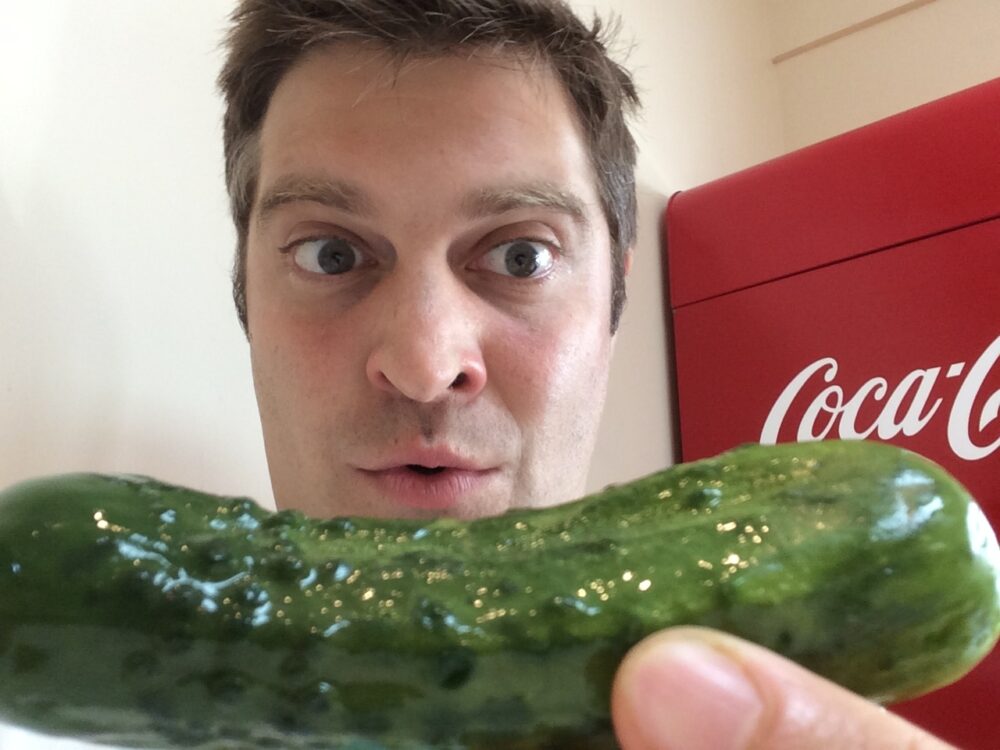

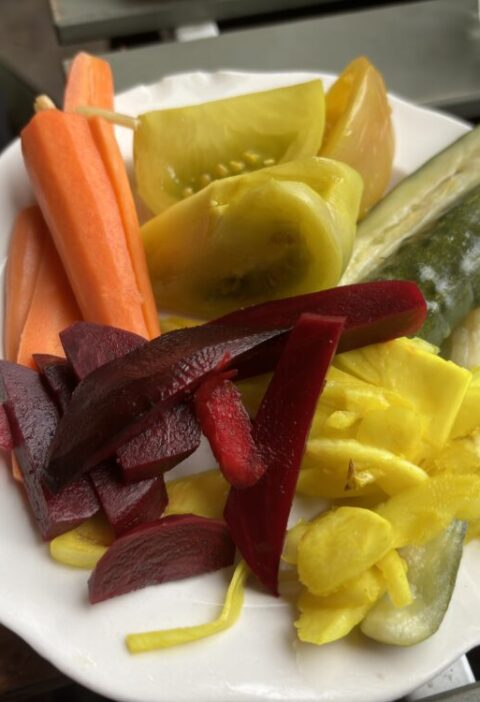
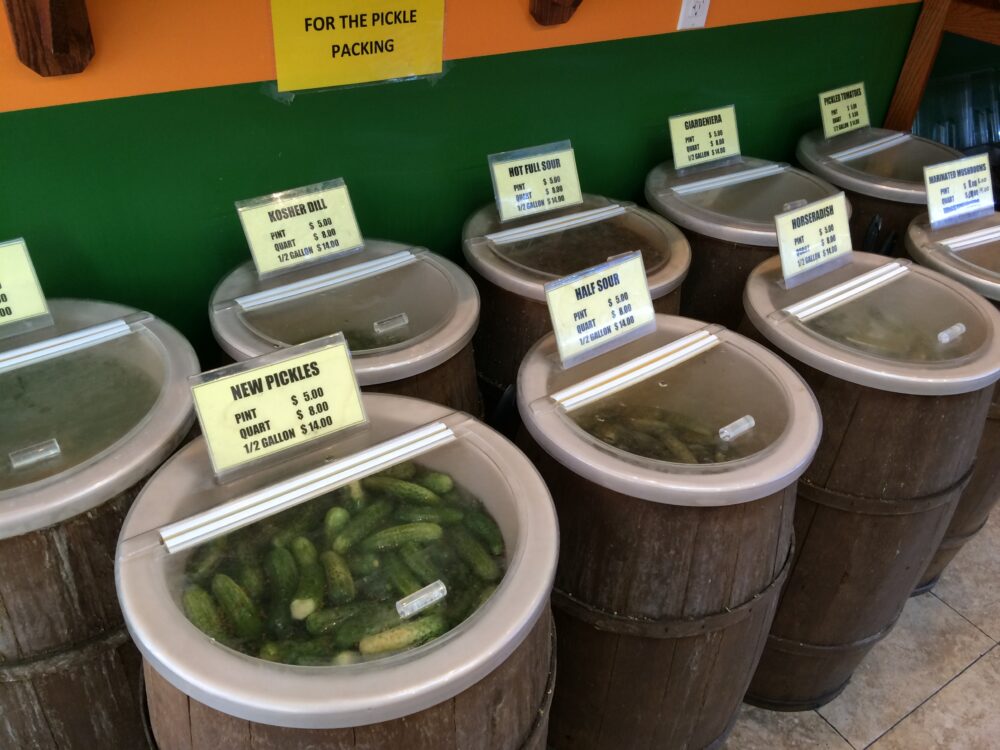
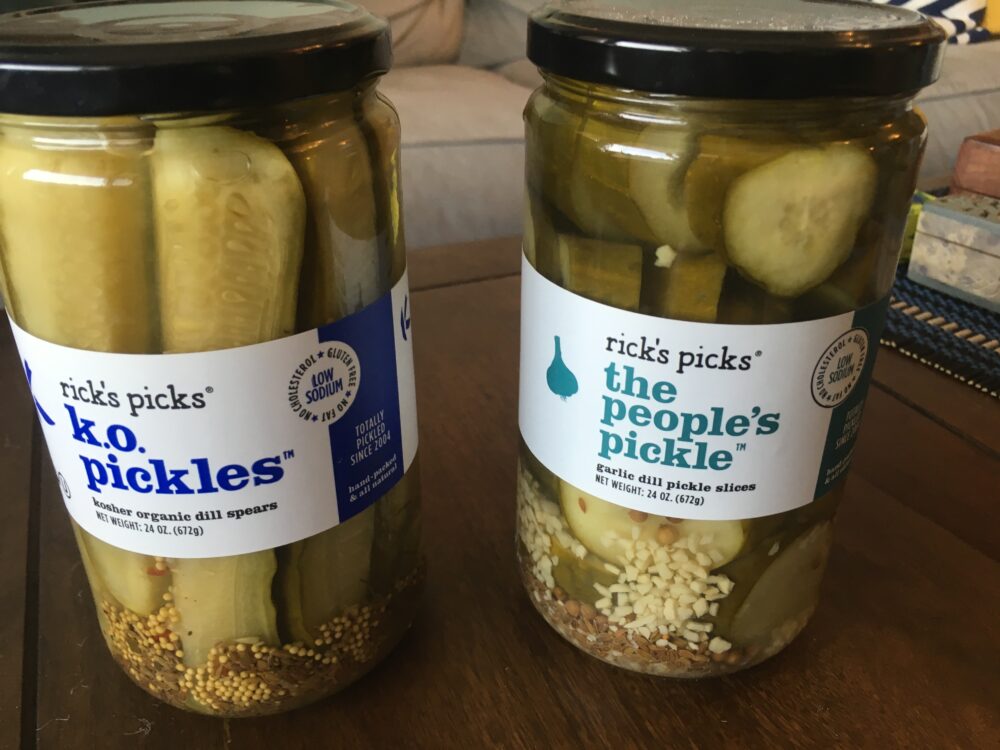

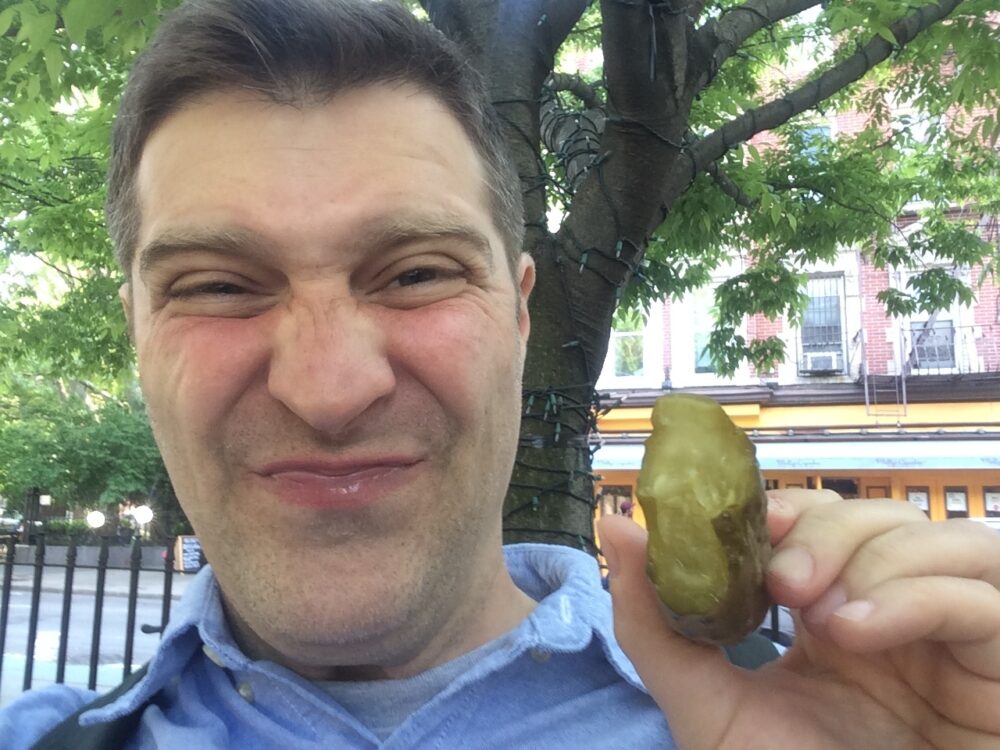
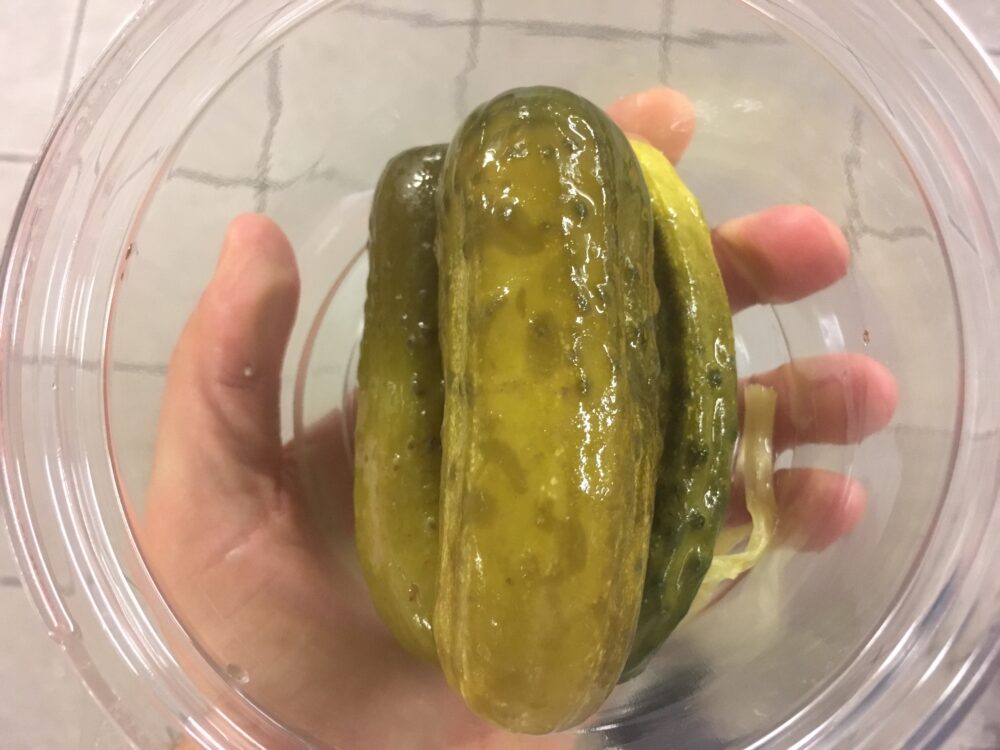
I love me some pickles! But I love mines spicy! so I make my own jar of pickles and spicy veggies! great blog ty..